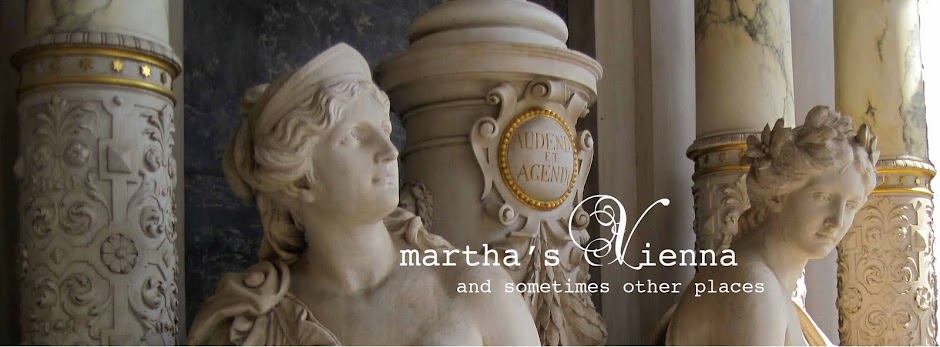Remember to click on the photos if you'd like to see them larger.



We arrived on a foggy afternoon and my initial disappointment at the weather soon turned to delight as the city in the clouds emerged and disappeared at the whims of Nature. Near the road entrance (as opposed to the Inca Trail entrance), a guard house perched on the edge of the mountain shows us what the structures would have looked like with their thatched roofs.

One display at the Vienna Inca Gold exhibit explained that the Incas believed everything should either be in a state of order or disorder and a roofless house was in a dangerous state of change, neither clearly ordered nor disordered, thereby providing an opportunity for "canker ghosts" to move in. I don't know how ghosts might be categorized but this does not sound good. Most of the Machu Picchu structures are roofless but perhaps by now that state has allowed any unhappy spirits to dissipate.


A rich model for urban agriculture, the entire city is arranged on stone terraces, very practical for successfully growing food on steep slopes (and also very practical for visitors who want some intense stepping exercise).
This granite rock was carved to mimic the mountains in the background:
This treasured rock, the Intihuatana, meaning "hitching post for the sun," is believed to have served as as astronomical observatory and is thought to have special energetic properties. While many of these kinds of rocks existed throughout the Inca civilization, Machu Picchu has the only one not destroyed by the invading Spaniards centuries ago. This one was, however, damaged by a crane used in the making of a beer commercial in 2000.
Another overview of Machu Picchu ("Old Peak") with the sacred Huayna Picchu ("Young Peak") in the background. My David climbed the steep trail and crawled through a cave up to the top of Huayna Picchu. Having lost his bamboo walking stick to the canyon depths when it separated from its woven handle, he returned exhausted, covered in mud and sweat, woven handle still in hand, but beaming with accomplishment.
The Urubamba River slinks through the valley below. You might remember it flooded badly a year ago and the rising water combined with mudslides, damaged the railway and blocked the entrance to Machu Picchu. Hundreds of persons, mostly tourists, were evacuated by helicopter.
It's hard to imagine the three-dimensional planning and technical skills needed to craft such an incredible wall. A labyrinth of holes and protrusions on the back sides of many of these walls tie the stones together securely.
This is "Sacred Rock," that also was carved to mimic the mountains in the background. It stands at the trail to Huayna Picchu.
An assortment of llamas, alpacas, vicunas and guanacos posed picturesquely throughout the site. Have you noticed the absence of people? We were there on Christmas Eve and Day and, for awhile, we were thrilled to pretty much have the extraordinary Machu Picchu to ourselves. Unforgettable!
Walking sticks propped up at the entrance and freely available were priceless aids for climbing up and down the steep terrace steps.
























No comments:
Post a Comment